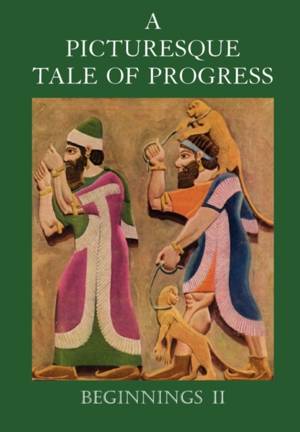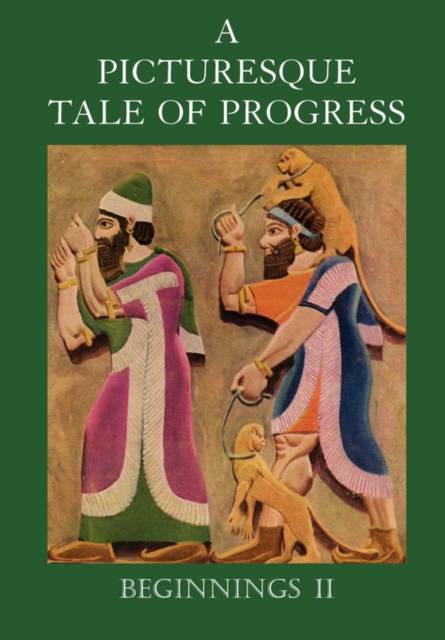
- Retrait gratuit dans votre magasin Club
- 7.000.000 titres dans notre catalogue
- Payer en toute sécurité
- Toujours un magasin près de chez vous
- Retrait gratuit dans votre magasin Club
- 7.000.000 titres dans notre catalogue
- Payer en toute sécurité
- Toujours un magasin près de chez vous
A Picturesque Tale of Progress
Beginnings II
Olive Beaupre Miller, Harry Neal Baum
Livre broché | Anglais
18,45 €
+ 36 points
Format
Description
ATTENTION HOME-SCHOOLERS! THIS CLASSIC HISTORY SET FOR YOUNG PEOPLE IS FINALLY BACK IN PRINT! A Picturesque Tale of Progress was written by Olive Beaupré Miller. Her assistant for this lovely set was Harry Neal Baum, former professor of history at the University of Wisconsin. A Picturesque Tale of Progress was first printed in 1929, and remained in print through 1963. The set consists of 8 volumes (with a separate Index) broken down into four themes ('Beginnings', 'Conquests', 'New Nations', 'Explorations'), with two volumes devoted to each theme. As an aid to schools, Dawn Chorus is also publishing the set condensed into 4 volumes (again with a separate Index). The 'picturesque' in the title refers not to quaintness, but to the extraordinary number of carefully chosen and beautifully rendered illustrations (many hundreds per volume) and maps that give this set its unique and unsurpassed value. The captions to the page-by-page illustrations essentially retell the story of the text but in reference to art. In a world where the level and quality of education has so grievously deteriorated, may the reappearance of this wonderful historical set shine as a beacon to a new generation of young (and not-so-young) scholars. Beginnings I starts with 'Early Man', including wonderful illustrations of early cave art, followed by excellent coverage of the rise and fall of Egypt. Beginnings II covers Babylonia, the Assyrian empire, and an extensive overview of biblical history from Abraham to the Fall of Jerusalem. Conquests I follows the history of Crete and then Greece, from their rise as political states through to the conquests of Alexander the Great. Conquests II teaches the history of Rome, and includes extensive coverage of early Christianity, including the missionary journeys of Paul and the peaceful conquest of Rome by Christianity. New Nations I covers the Fall of the Roman Empire, and then turns to the Byzantine Empire, the Medieval Church, the Vikings, and the Feudal Age. New Nations II reveals the glory of the Byzantine Empire, the Crusades and their effects, Spain and the Moors, the development of England, of France as a monarchy, of Germany and the Holy Roman Empire, and of Italy and the Renaissance. Explorations I covers Marco Polo, Genghis Khan, the conquests of the Mongols, and Africa and India. Explorations II follows the New World from ancient times. The voyages of Leif Ericsson and Columbus introduce extensive treatment of the peoples in the Americas, with special focus on the civilizations of Mexico, Central America, and southwestern America and their conquest by the Spanish. The series ends here-with the discovery of America. The ninth volume is an invaluable index to peoples and places throughout world history from Ancient Egypt through the discovery of America, and doubles as an excellent resource for further study and projects.
Spécifications
Parties prenantes
- Auteur(s) :
- Editeur:
Contenu
- Nombre de pages :
- 304
- Langue:
- Anglais
Caractéristiques
- EAN:
- 9781597313667
- Date de parution :
- 26-10-09
- Format:
- Livre broché
- Format numérique:
- Trade paperback (VS)
- Dimensions :
- 170 mm x 244 mm
- Poids :
- 485 g







